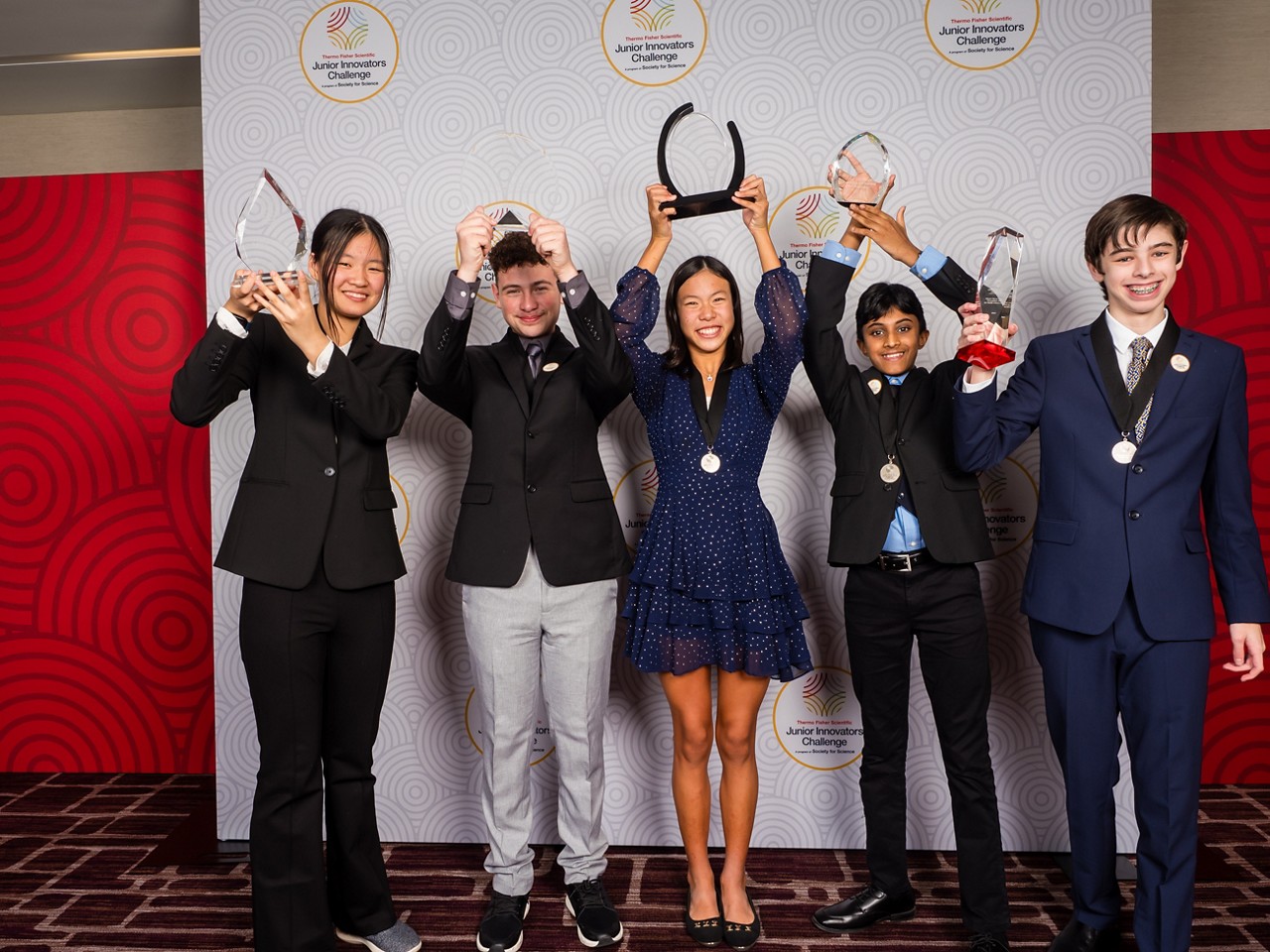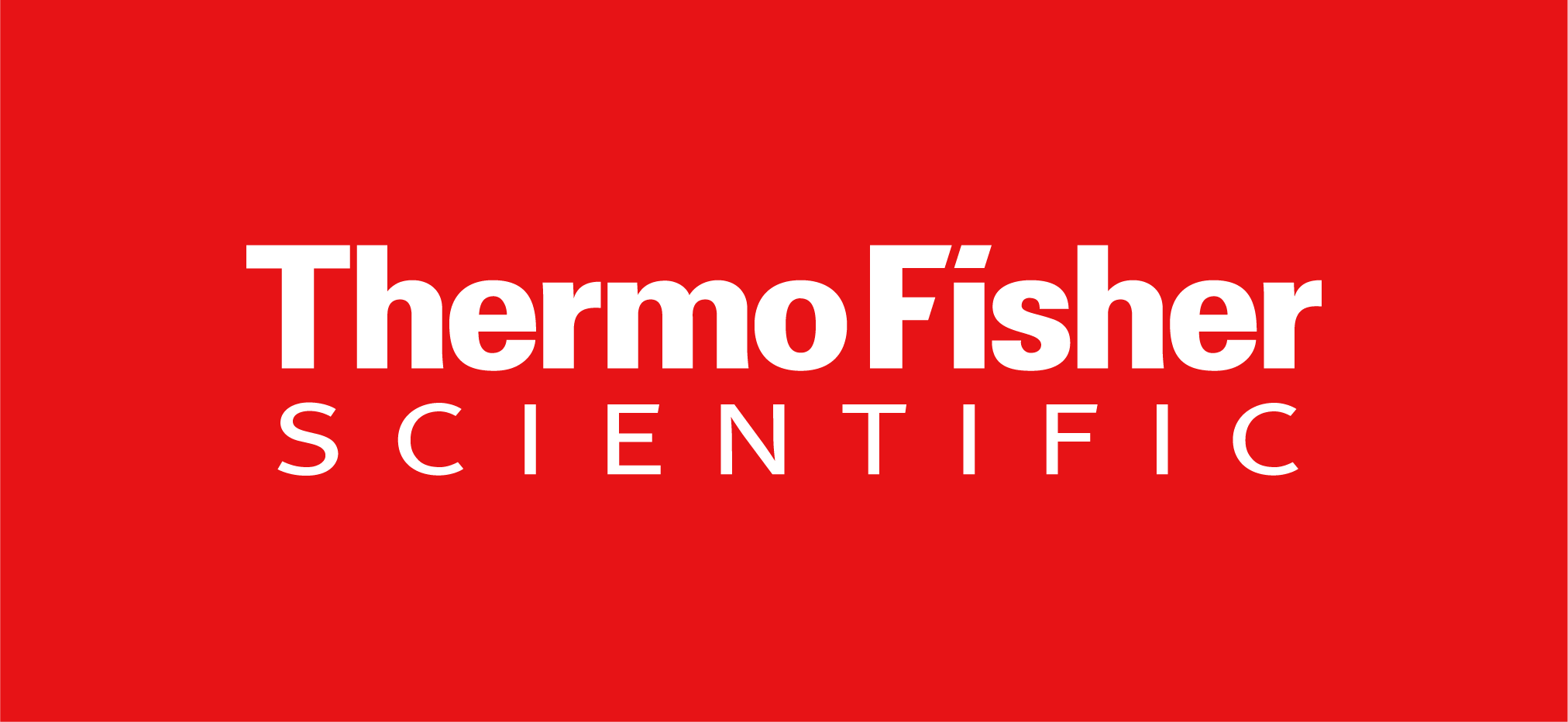By Annalisa Alpaugh
Senior Manager, Corporate Social Responsibility
Global Communications
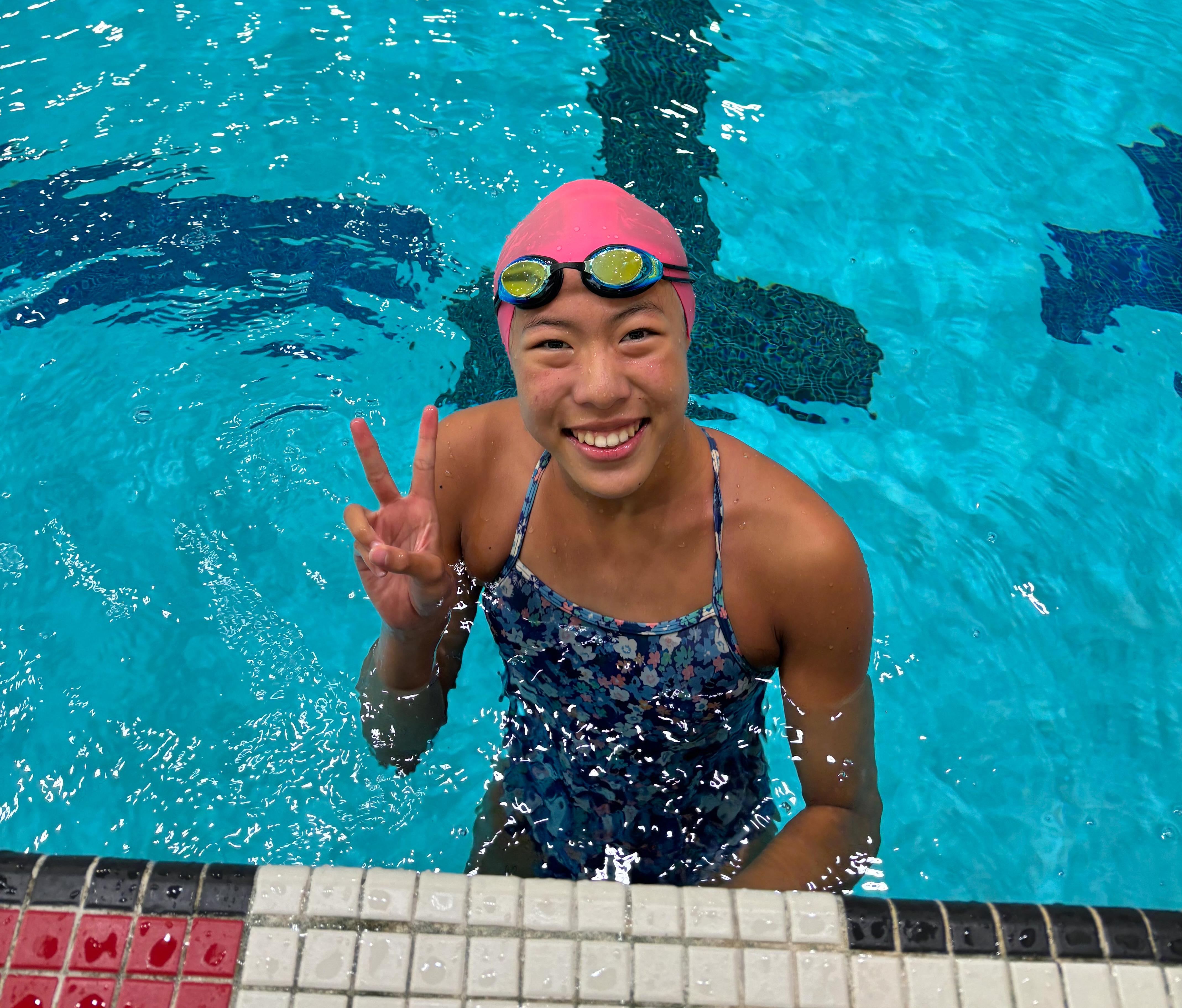
Competitive swimming has also taught her to be determined and goal-oriented, which she applies to her other activities. Those other activities include science, technology, engineering and math (STEM), for which Tina has also garnered many accolades, including the top award at the 2024 Thermo Fisher Scientific Junior Innovators Challenge (Thermo Fisher JIC), a program of Society for Science and the premier U.S. STEM competition for middle schoolers that reaches 65,000 students annually.
Tina pursues STEM with the same relentless curiosity that first drew her to water on the cruise ship.
“Going in the water without knowing how to swim … I just like to see what’s out there. STEM is a really good way to do that. I like to see how things work,” Tina says. “Whenever I see a problem, I immediately think of potential solutions to it. STEM is about finding solutions, thinking about it from a different perspective.”
Tina credits her math and science teachers with nurturing her love for problem-solving by exploring beyond the textbook and bringing concepts to life through creative hands-on activities.
“Tina is a dedicated student with an excellent work ethic and an unwavering enthusiasm for STEM,” says Vandana Kadam, Middle School Mathematics Department Chair, The Harker School. “She demonstrates a unique ability to approach complex challenges methodically, often finding innovative solutions.”
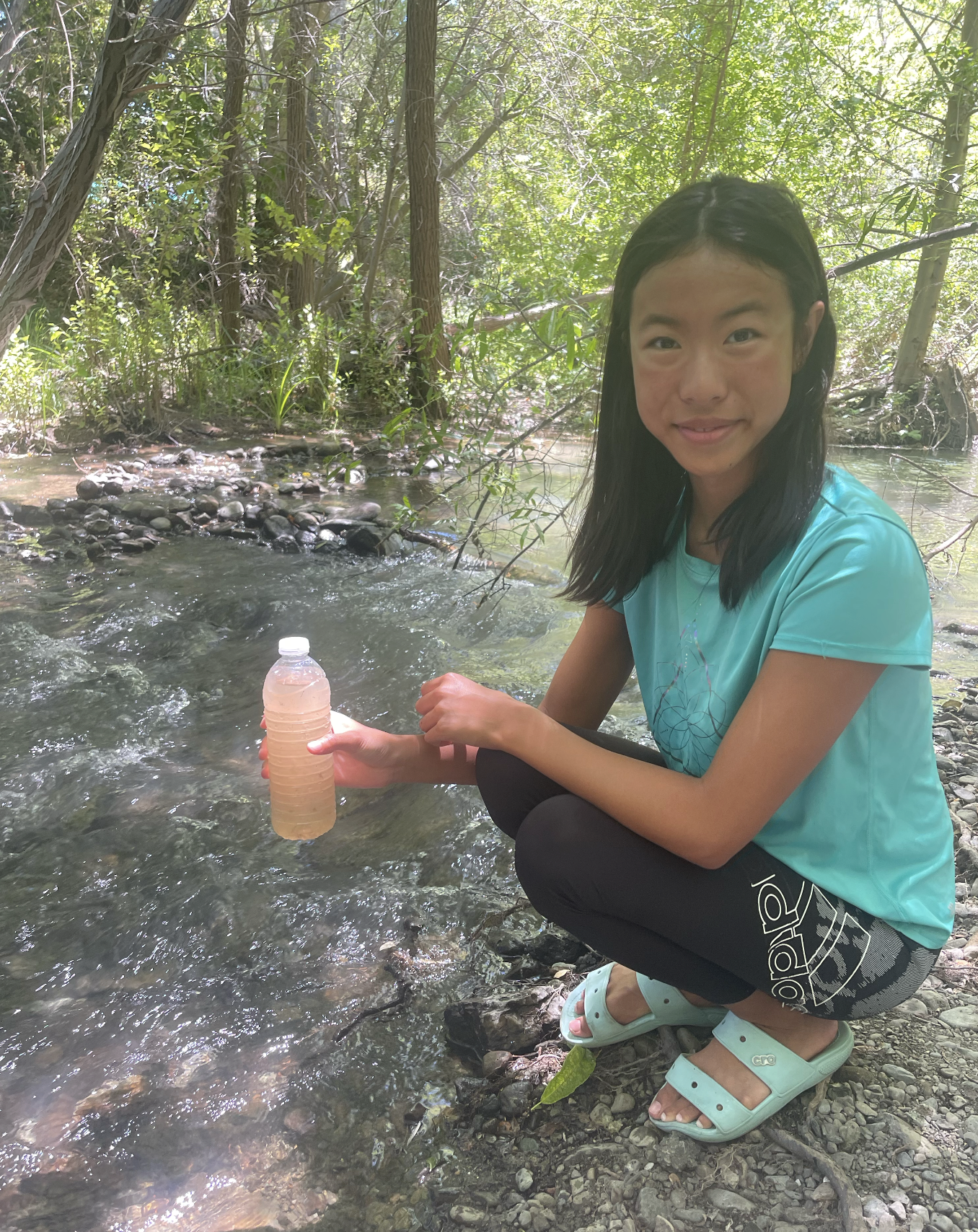
Several common filtration technologies have been implemented globally to help move SDG 6 forward, but none has prevailed at scale.
Methods like reverse osmosis, activated carbon filtration, ultraviolet (UV) purification and chlorine treatment are either prohibitively expensive, too complex and resource-intensive to install and maintain in developing communities, or pose new risks (like chemical byproducts) to humans and the environment.
After researching these methods, Tina wondered if she could use her STEM acumen to invent an effective, low-cost filter sourced exclusively from natural, household materials that anyone could operate anywhere.
She relied on familiar mantras to guide her thinking: nobody can do everything, but everyone can do something; and just start small.
“It’s really motivating and positive in a realistic way,” she says. “And I like to give the advice of starting small because it seems approachable. Even starting hyper local makes a difference in your community and if you see that, you can continue to expand.”
Tina got her first idea for a solution at the dinner table after finishing her meal. She noticed that the porous beef bone tissue—called trabecular bone—closely resembled a polymer membrane, the hero of pressure-driven water filtration. When used for filtration, the polymer membrane’s microscopic pores trap impurities that are larger than them, such as bacteria, dirt and chemicals, while letting smaller water molecules flow freely.
In addition to its ideal structure, bone waste satisfied Tina’s search for natural materials. Approximately 130 billion kilograms (286 million pounds) of bone waste is produced around the world each year, so a filter powered by that material would carry a much smaller footprint than a UV purification system, for example.
Tina spent the next several months developing, testing and refining her method and prototype using animal bone waste, along with household materials like cloth, rubber bands and drinking cups.
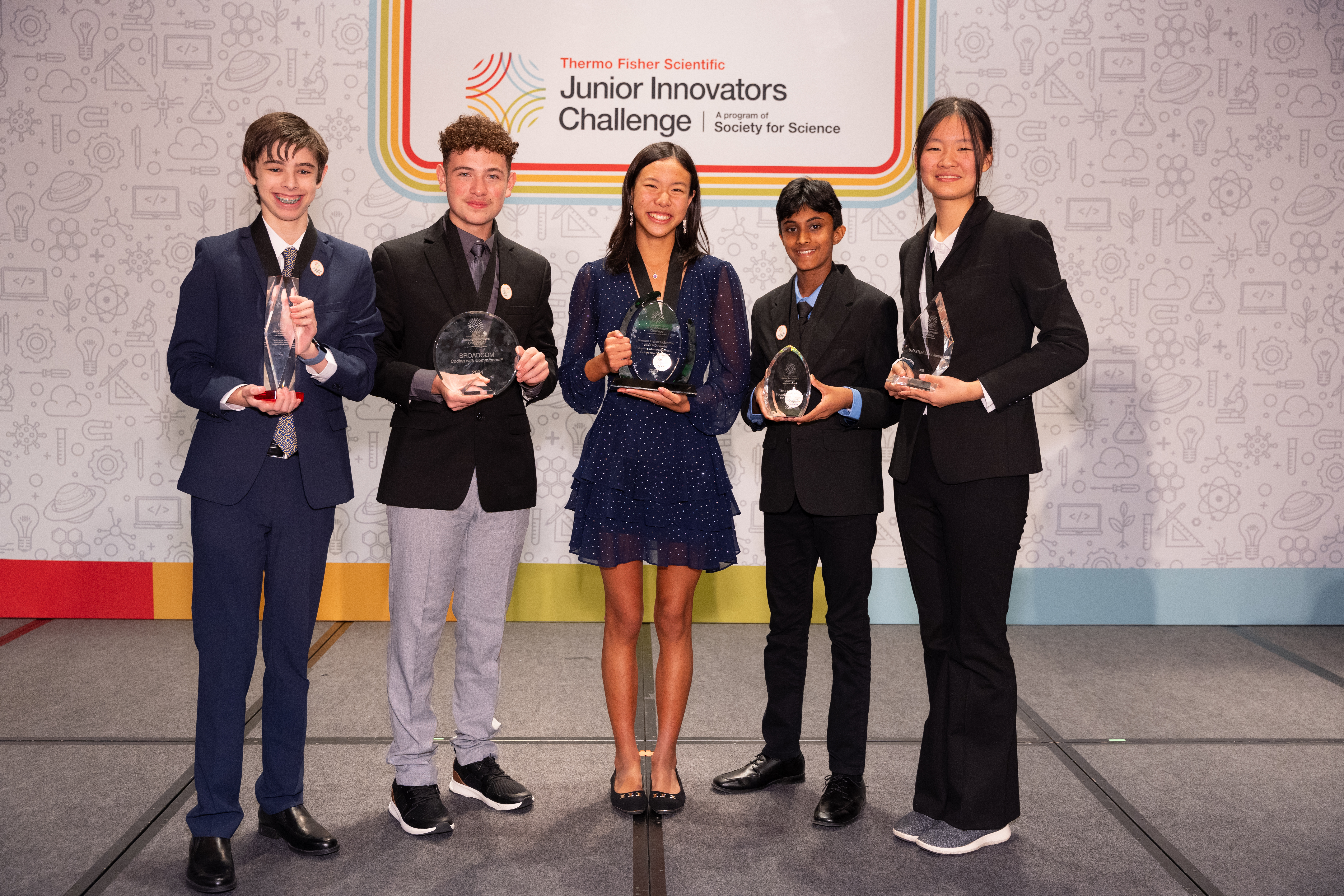
After entering her local science fair in early 2024, Tina’s water filtration system was selected for the Synopsys Silicon Valley Science and Technology Championship, where she earned first place in the Physical Science and Engineering category.
The recognition made her eligible for the Thermo Fisher JIC, which she entered and won in October after competing against thousands of her peers from across the country.
The Thermo Fisher Scientific ASCEND (Aspiring Scientists Cultivating Exciting New Discoveries) Award Tina received during the event’s Finals Week in Washington, D.C. included a $25,000 prize.
“The moment before they announced my name, there was this dramatic pause for what seemed like an eternity. Nobody dared to even breathe,” Tina shared on The Kelly Clarkson Show in January. “Then when I heard my name, I was really shocked at first, because I just wanted to do something to help other people and I didn’t know it would get to where it is now.”
“Looking back, it’s crazy to think I just used what I have [around the house] to make what I did,” she says.
"Tina likes to do research and she works hard to help other people and make the world a better place,” says Hongjie Mary Ma, Tina’s mom. “I'm very proud of her.”
Moving forward, Tina plans to refine her prototype and experiment with bone waste from different sources (so far, she’s used cow and lamb and is now exploring pig). She also hopes to learn more about organizations focused on addressing the global water crisis in developing communities.
“One of the biggest goals of my research is to go into these under-resourced areas and teach people how to use my method and actually see people filtering water,” Tina says.
